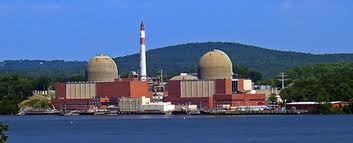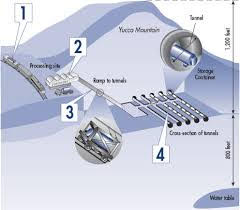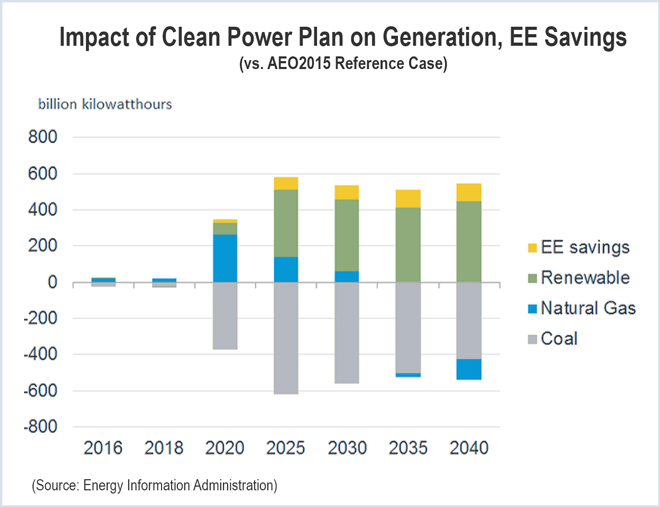The federal government’s energy statisticians last week released their analysis of the Environmental Protection Agency’s proposed Clean Power Plan, concluding it will hasten the shift from coal-fired generation and ultimately reduce electric bills.
The Energy Information Administration’s report concludes that:
- The switch from coal- to natural gas-fired generation will be the most used compliance strategy in the early years of the new rules. At 90 GW, coal plant retirements through 2040 are more than double the 40 GW in EIA’s 2015 Annual Energy Outlook (AEO2015) reference case, with nearly all retirements occurring by 2020. The Clean Power Plan is not expected to impact natural gas prices significantly except during the first two to three years of implementation.
- Renewable power and energy efficiency will become the more important compliance method by about 2025.
- Nuclear capacity would grow if new nuclear generation receives the same treatment as new renewable generation in compliance calculations.
- Retail electricity prices will rise by 3 to 7% during 2020-25 due to spending on new generation and increased use of natural gas. Prices return to near-baseline levels by 2030 in many regions but remain higher in some regions, with prices in Florida, the Southeast, the Southern Plains and the Southwest regions remaining about 10% above the baseline in 2030. By 2040, total electricity expenditures under the Clean Power Plan are slightly below those in the AEO2015 reference case, as decreases in demand more than offset the price increases.
More: Energy Information Administration
State Calls for More NRC Oversight at Indian Point Nuclear Station

“As the history of explosions and fires at Indian Point make clear, transformers play an important role in nuclear plant safety,” state Attorney General Eric Schneiderman said. “The time has come to require that transformers be closely and frequently monitored as a part of the facility’s aging management program as I have raised in the re-licensing proceeding.”
A recent NRC inspection found that the plant met all requirements. The commission will hold a public meeting to discuss the plant’s performance.
More: Wall Street Journal
Utilities Call for NRC Review of New Metallic Fuel Design
Four energy producers, representing the operators of nearly half of the country’s nuclear reactors, are asking the Nuclear Regulatory Commission to review a new design for metallic fuel components. Lightbridge Corp. has devised a new design for metallic fuel for use in pressurized water reactors. The design operates at lower temperatures, has increased heat transfer rate and fluid flow and increased structural strength, according to Lightbridge. The company also boasts that the design could provide 30% more power with the same fuel cycle length.
Dominion Generation, Exelon Generation, Southern Co. and Duke Energy all have asked for federal refuel of the new type of fuel assemblies. Lightbridge said they could be ready as soon as 2020.
More: Nuclear Street
DOE Report Says Wind Energy Possible in All 50 States
A Department of Energy report examining the rise of wind energy in the U.S. said advances in turbine technology make wind power feasible for all 50 states, instead of the 39 that already have wind farms. The advances, according to the report, “enable wind to be a true nationwide economic resource.”
Higher turbine tower — up to 110 meters tall, as opposed to the current 80-meter heights — would enable a 54% increase in wind power deployment because it would enable the turbine blades to reach faster wind speeds that are at greater heights. Building 140-meter towers would boost the increase to 67%, according to the report.
“Regions primarily affected by this increased technical potential include the Southeast, states bordering the Ohio River Valley, the Great Lakes Region, the Northeast, and portions of the Interior West and Pacific Northwest,” according to the study.
The taller towers require stronger supports and foundations, higher costs and transportation challenges getting components to the sites.
More: DOE; Washington Post
Senators Call on Obama to Name Pipeline Safety Head
Two days after a pipeline leaked more than 100,000 gallons of crude oil into the Pacific Ocean, 10 U.S. senators urged President Obama to name a new head of the Pipeline and Hazardous Materials Safety Administration.
In a letter to the president, the lawmakers — Jon Tester, Dianne Feinstein, Heidi Heitkamp, Patty Murray, Debbie Stabenow, Tammy Baldwin, Maria Cantwell, Gary Peters, Joe Manchin and Barbara Boxer — cited an increase in pipeline failures across the country.
The administration has not had a permanent head since October. “Given PHMSA’s responsibilities of regulating approximately 2.6 million miles of pipelines that carry natural gas, crude oil, gasoline and other hazardous liquids all over the country, and the critical role the agency plays in regulating crude-by-rail,” the senators wrote, “we are concerned that we still do not have a permanent administrator to head the agency.
“Additionally, several of our states have experienced crude-by-rail accidents in recent years, emphasizing the need to work to prevent future accidents.”
More: The Hill; Sen. Maria Cantwell
Jeb Bush Acknowledges Climate Change, but Says Science ‘Convoluted’ as to Cause

“The climate is changing,” he said. “I don’t think the science is clear on what percentage is man-made and what percentage is natural. It’s convoluted. And for the people to say the science is decided on this is just really arrogant, to be honest with you.”
More: The Washington Post
Senate Energy and Water Bill Lacks Yucca Mountain Funding

Some Republicans, including Sen. Lamar Alexander (R-Tenn.), say the way to assure funding for Yucca Mountain is through an amendment.
“Putting an end to our decades-long nuclear waste stalemate will involve completing Yucca Mountain,” said Alexander, the chairman of the Appropriations Committee’s energy and water panel. “I look forward to an open amendment process in the U.S. Senate and to working with the House to remove obstacles to nuclear power.”
Republican lawmakers have argued that the Nuclear Regulatory Commission has a commitment to complete a full review of the project. A House version of an energy and water funding bill includes $50 million for a review. The NRC has said it has only a small fraction of the necessary funding for the review.
More: The Hill
EPA Tells States to Crack Down on Emissions from Start-ups and Shutdowns
Regulators have typically allowed some pollutants emitted by industrial facilities during the start-up and shutdown periods and equipment malfunctions, but the Environmental Protection Agency is urging states to cut down on emission limit exemptions. The agency on Friday formally issued a regulation that tells 36 states to stiffen pollution standards in the Clean Air Act. Under the new rule, the states have until November 2016 to make the changes.
Environmentalists see the agency’s move as a long-needed closure of loopholes. “For too long, neighborhoods adjacent to dirty oil refineries, coal plants and other sources of pollution have been left with little recourse to protect their families from toxic pollutants such as sulfur dioxide and soot,” Sierra Club Executive Director Michael Brune said. “More often than not, the communities that face the worst of this pollution are low-income communities or communities of color,” he said.
More: The Hill
Fed Study Shows Dolphin Deaths Tied to Deepwater Horizon Spill
A study overseen by the National Oceanic and Atmospheric Administration concludes that 46 dolphins that washed up on Gulf of Mexico beaches between 2010 and 2014 died from ailments caused by oil from the 2010 Deepwater Horizon spill. The study said the dolphins died of bacterial pneumonia, adrenal disease and lung lesions, all caused by the Deepwater Horizon spill.
“These dolphins had some of the most severe lung lesions I have ever seen,” said Kathleen Colegrove, a veterinary pathologist who worked on the study. “The dolphins were swimming in oil,” said Stephanie Venn-Watson, National Marine Mammal Foundation, the study’s lead author.
More: Post and Courier


